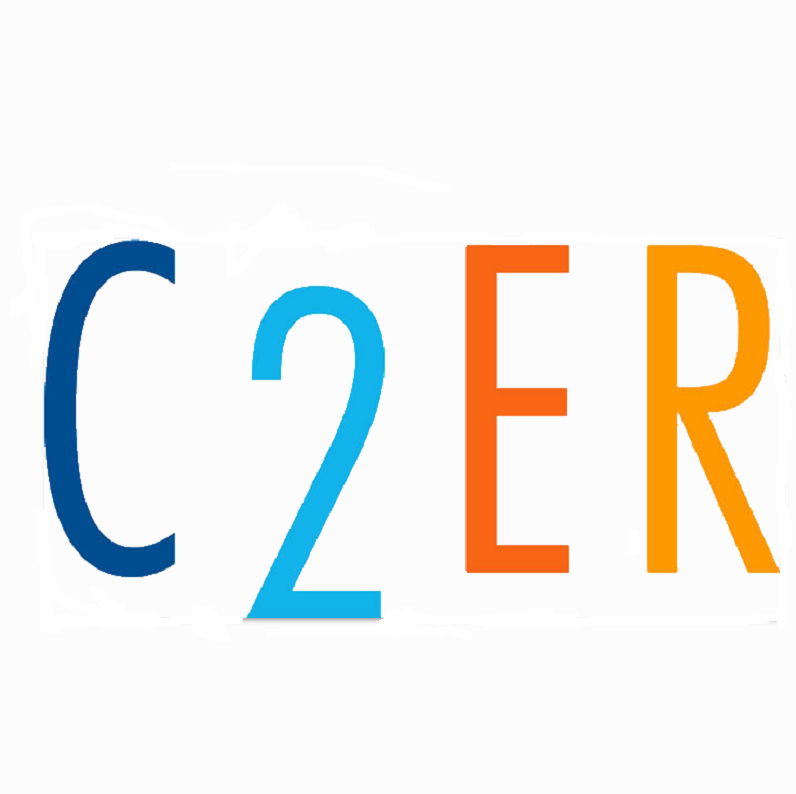Federal Funding Opportunities with the EDA through the CARES Act
This blog is the third in a series that will highlight opportunities for OEA grantees to sustain and enhance work undertaken in OEA-funded programs by leveraging new programs and funding related to the Covid-19 pandemic response.
Program Description
On May 7, 2020, the US Economic Development Administration (EDA) released a Federal Funding Opportunities (FFO) Notice for program investments to “support a wide range of non-construction and construction activities, including Revolving Loan Funds, in regions across the country experiencing severe economic dislocations brought about by the coronavirus pandemic.” Thanks to the CARES Act, an additional $1.467 billion in funding is available.
Program Parameters
These funds are authorized under one of EDA’s flagship programs, the Economic Adjustment Assistance (EAA) Program. EAA provides “investments that support a wide range of construction and non-construction activities (including infrastructure, design and engineering, technical assistance, economic recovery strategies, and capitalization or re-capitalization of Revolving Loan Funds (RLF)) in regions experiencing severe economic dislocations that may occur suddenly or over time.”
These new investments will operate much like traditional EDA funding programs. Communities can access funding to support a wide variety of program uses and activities. Specific examples noted in the FFO include: “economic recovery planning and preparing technical assistance strategies to address economic dislocations caused by the coronavirus pandemic, preparing or updating resiliency plans to respond to future pandemics, implementing entrepreneurial support programs to diversify economies, and constructing public works and facilities that will support economic recovery, including the deployment of broadband for purposes including supporting telehealth and remote learning for job skills.”
EDA funding opportunities generally require that projects align with your region’s Comprehensive Economic Development Strategy (CEDS), which are typically funded by EDA or by another EDA-approved regional strategy. In addition, applicants are encouraged to contact EDA’s regional office staff to discuss project ideas and plans, and to obtain technical assistance with the application process. EDA’s regular rules regarding eligibility, cost sharing, and other factors apply to this FFO as well.
In addition to providing funding for regions facing COVID-19-related economic distress, EDA is also encouraging applications from communities affected by economic changes in both the coal industry and the nuclear power sector. EDA has supported funding to help coal-impacted communities in the past. The initiative focused on nuclear closure communities is a new initiative authorized by Congress last year; $13.5 million is available for this purpose.
EDA has set up a CARES Act Recovery Assistance Page that can be accessed at:
https://www.eda.gov/coronavirus/. This site includes links to the FFO and related materials.
Discussion and Implications for OEA Grantees
Most OEA grantees likely have experience working with EDA, and many currently manage or support EDA-funded projects. This new funding opportunity seems likely to be managed much like the traditional program portfolio. However, the big difference is scale, as the CARES Act $1.5 billion appropriation far exceeds any previous amount deployed by EDA. In recent years, EDA’s core program budget has been in the range of $300 to $350 million, although additional funds are often available for disaster assistance or other specific needs.
EDA intends to deploy funds as quickly as possible and is already accepting applications. While open to a wide range of applications and support requests, it has identified several priority areas including:
- COVID-19 Economic Recovery Planning and Technical Assistance Grants which will be provided directly to EDA partner organizations such as Economic Development Districts, Tribal grantees, University Centers, and others;
- Grants to state and regional organizations to develop CARES Act recovery and resilience strategies, including industry supply chain, cluster analyses, econometric analyses, diversification efforts, and travel and tourism-related marketing campaigns;
- Capitalizing or recapitalizing EDA-backed revolving loan funds, which have been in high demand to support COVID-19-affected businesses; and
- Innovation grants using the Regional Innovation Strategies (RIS) approach and model. RIS is now known as Build to Scale. More information on Build to Scale can be found at https://www.eda.gov/oie/buildtoscale/.
Most activities now underway by OEA grantees would likely be potential candidates for EDA’s CARES Act funds—assuming that you can meet match, eligibility criteria, and other requirements.
Next Steps
OEA grantees that conducted projects in the priority areas identified by EDA should consider applying for awards under this EDA opportunity. In many cases, the OEA grantee is eligible to apply; if not, we encourage partnering with an eligible entity. Once you have a project concept in mind, you should contact your state’s economic development representative (EDR) or your EDA regional office as soon as possible to discuss your ideas. EDA is awarding some portion of the $1.5 billion to current economic development districts, university centers, and/or revolving loan funds. We expect that demand for the remainder of this funding will be strong, and that funds will be quickly exhausted.
